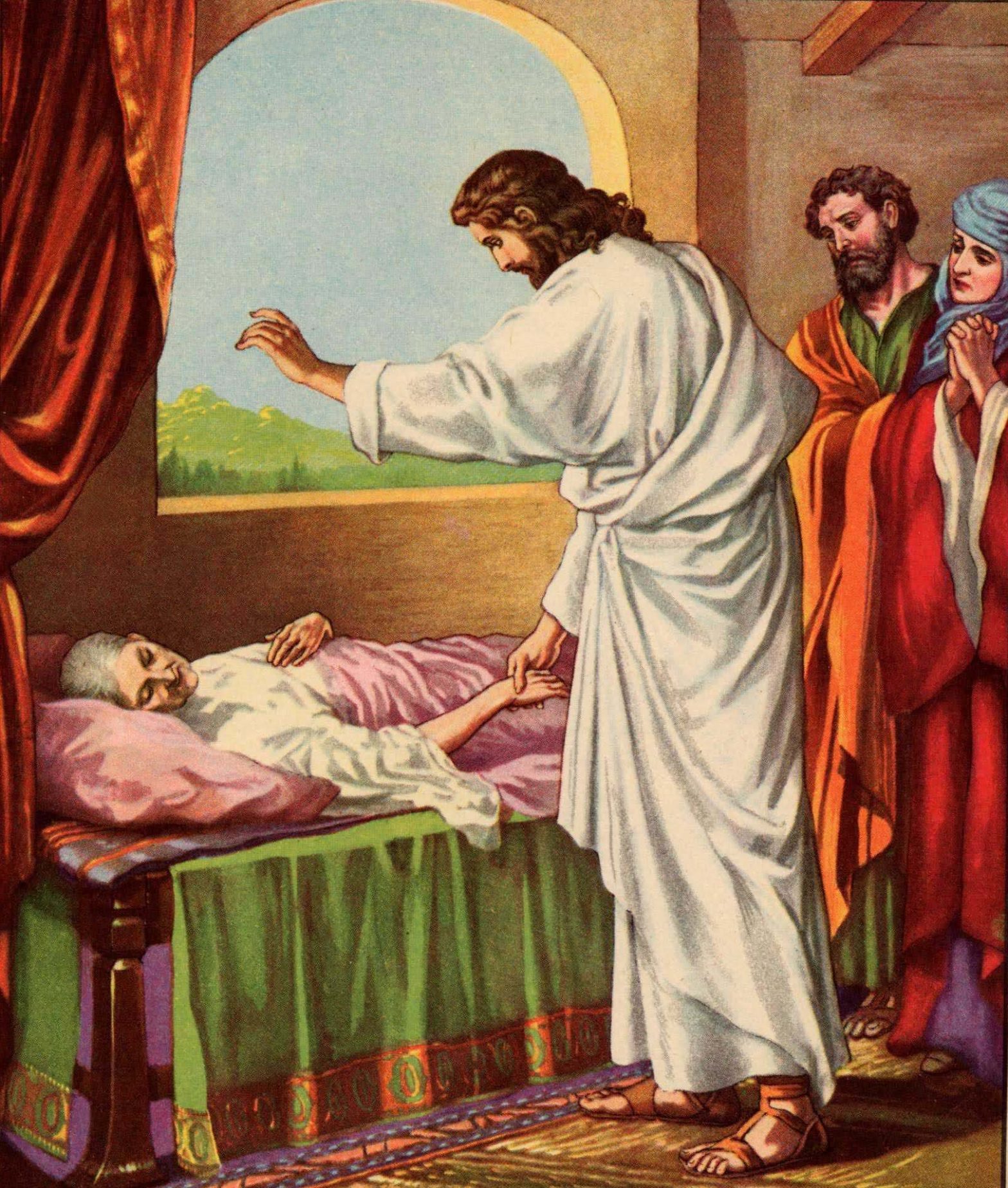THE SEED
“The beginning of the good news about Jesus the Messiah, the Son of God” Mark 1:1
The first six words of Mark’s gospel prompt the question “How does the good news begin?” John the Baptist comes “preaching a baptism of repentance for the forgiveness of sins,” and many respond by “confessing their sins.” We soon read of Jesus’ being baptized, receiving the Father’s blessing, and then being sent to the wilderness to be tempted by Satan. Jesus resists the devil so effectively that Satan leaves him (Matthew 4:11). Then Jesus begins preaching that “the kingdom of God has come near. Repent and believe the good news!” The gospel, the good news of Jesus Christ, is that our Creator so loves us that he provides a way out of our miserable life of sin—through belief in Jesus. Before we can be saved, we have to admit we have been sinful. And when Jesus calls us to follow him, we have to leave our old life of sin behind. So he tells us, “Repent” (which means “turn around”), and “believe the good news” that God has made salvation possible. Then he says, “Come, follow me.” Lent is a good time to go back to “the beginning of the good news,” recognizing that we are still capable of sin even though we believe in and follow Jesus. His Spirit is working in us, but (in this life) we are not yet made perfect. Are there any sins you need to repent of today, so that you can follow Jesus more faithfully?
BIBLE READING: Mark 1:1-8
PRAYER: Father, in your love convict us of our sin and assure us of your forgiveness. In Jesus, Amen.
BAWO NI IHINRERE SE BERE?
IRUGBIN NAA
“Ibẹrẹ ihinrere nipa Jesu Messia, Ọmọ Ọlọrun…” Marku 1:1
Ọ̀rọ̀ mefà àkoko nínú ìhìn rere Máàkù mú kí ìbéèrè yi waye “Báwo ni ìhìn rere náà ṣe bẹ̀rẹ̀?” Jòhánù Onitebomi dé “ó ń wàásù ìbatisí ìrònúpìwàdà fún ìdáríjì ẹ̀ṣẹ̀,” ọ̀pọ̀lọpọ̀ sì yipadà nípa “jijewo àwọn ẹ̀ṣẹ̀ wọn.” Láìpe, a kà nípa ìbatisí Jésù, tí ó rí ìbùkún Bàbá gbà, àti pé a rán n lọ sí aginjù kí Sátánì lè dán an wò. Jesu koju èṣu lọna imunadoko tobẹẹ ti Satani fi fi i silẹ (Matteu 4:11). Jésù wá bẹ̀rẹ̀ sí í wàásù pé “ìjọba Ọlorun ti sún mo lé. Ẹ ronú pìwà dà kí ẹ sì gba ìhìn rere naa gbo!” Ìhìn rere ti Jésù Kristi, ni pé Ẹledàá wa nífẹ̀e wa tó beẹ̀ tí ó fi pèsè ọ̀nà àbáyọ kuro nínú ìgbé ayé òṣì wa ti ẹ̀ṣẹ̀—nípasẹ̀ ìgbàgbo nínú Jésù. Ki a to le ni igbala, a ni lati gba pe a ti jẹ ẹlẹṣẹ. Ati nigba ti Jesu pe wa lati tẹle oun, a ni lati fi igbesi aye atijọ ti ẹṣẹ silẹ. Nítorí náà, ó sọ fún wa pé, “Ẹ ronú pìwà dà” (èyí tó túmọ̀ sí “yí padà”), àti “ki a si gba ihinrere na gbo” pé Ọlorun ti mú kí ìgbàlà ṣeé ṣe. Leyìn náà ó sọ pé, “Wá, tẹ̀ lé mi.” Àkókò awe je igba ti o dára láti padà sí “ìbẹ̀rẹ̀pẹ̀pẹ̀ ìhìn rere,” ní mímọ̀ pé a ṣì lè deṣẹ̀ bó tilẹ̀ je pé a nígbàgbo nínú Jésù tá a sì ń tẹ̀ lé e. Ẹ̀mí rẹ̀ ń ṣiṣe nínú wa, ṣùgbon (nínú ayé yìí) a kò tíì sọ wá di pípé. Njẹ awọn ẹṣẹ wa ti a nilo lati ko síle loni, ki o le tẹle Jesu ninu igbabo?
BIBELI KIKA: Mark 1:1-8
ADURA: Baba, ninu ifẹ rẹ da wa lẹbi ẹṣẹ wa ki o si fun wa ni idariji, ni oruko Jesu Amin.
